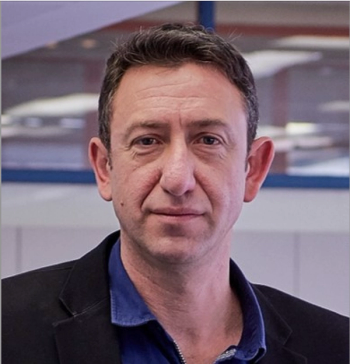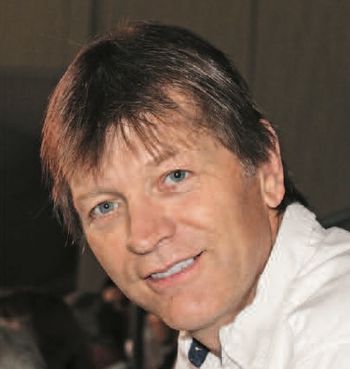Key Points:
- Jack Henion is the winner of the John B. Fenn Award for a Distinguished Contribution in Mass Spectrometry.
- Henion is widely recognized for pioneering work in LC–MS, particularly for advancing the use of atmospheric pressure ionization (API) sources.
- During his award lecture at the ASMS conference in Baltimore, Maryland, he highlighted the importance of collaboration in advancing LC–MS technology.
- Henion emphasized that breakthroughs often result from teamwork between academia, industry, and colleagues.
Just released on HBO Max, The Mortician dramatizes events surrounding the notorious Lamb Funeral Home case in Pasadena, California.
While the story may be unfamiliar to some viewers, it is deeply familiar to Jack Henion—a pioneering figure in analytical chemistry and the recipient of this year’s prestigious John B. Fenn Award for a Distinguished Contribution in Mass Spectrometry. Henion’s forensic expertise played a critical role in the real-life investigation.
Speaking Monday at the American Society for Mass Spectrometry (ASMS) conference in Baltimore, Maryland, Henion addressed a packed ballroom of chemists from around the world. From the stage of the Baltimore Convention Center, the Cornell Professor Emeritus and Advion, Inc. co-founder, traced the evolution of liquid chromatography–mass spectrometry (LC–MS), framing it not just as a technical journey but also as a collective effort. His talk spotlighted key innovations from his own labs and those of his peers—contributions that have shaped LC–MS into one of the most versatile tools in analytical science today.
“Science has taken me around the world and introduced me to many wonderful, inspiring people,” he said. “Innovation should be coupled with real-world applications that show the ability to solve problems.”
Henion is widely recognized for pioneering work in LC–MS, particularly for advancing the use of atmospheric pressure ionization (API) sources. His contributions span both foundational research and practical applications across multiple domains. Over the course of his career, he has published more than 235 peer-reviewed papers, mentored nearly 100 students and postdoctoral researchers, and secured 12 patents tied to his innovations.
This year’s award honors his role in the conception, development, and application of pneumatically assisted electrospray ionization—a key advancement in the field. In addition to the recognition, the honor also includes a $10,000 prize.
Henion used his award lecture as an opportunity to illustrate the real-world impact of LC–MS, highlighting how his work, and that of others, has intersected with high-profile forensic investigations—including the O.J. Simpson murder trial and the case of Pasadena’s Lamb Funeral Home, which provides the scientific backdrop for The Mortician. He also discussed the technology’s role in veterinary forensics, noting its effectiveness in investigating cases of animal poisoning.
Henion also paid tribute to some of the field’s most influential chemists, including John B. Fenn—the namesake of the award he received and 2002 Nobel Laureate for developing electrospray ionization—as well as highlighting Patrick Arpino’s iconic “difficult courtship” drawing, which vividly illustrated the fundamental challenges of coupling liquid chromatography with mass spectrometry.
“I encourage young people interested in MS to take chances, follow their hunches, be brave and foolish, and challenge the way it has always been done,” he said. “Two heads are better than one. There’s so much more that you can do when you connect with other folks.”
‘The Journey is The Reward’
Henion emphasized the vital role that collaboration plays in advancing scientific progress, stressing that breakthrough innovations and impactful discoveries rarely emerge from isolated efforts. Instead, they are the result of close partnerships and the open exchange of expertise. He also highlighted the importance of embracing and enjoying the journey throughout the process, viewing collaboration not just as an end, but as an integral part of scientific success and the translation of research into real-world applications.
In this spirit of collaboration, Henion highlighted the contributions that many analytical chemists have made to the development of LC–MS, including Tom Covey, principal research scientist at SCIEX, who was instrumental in pioneering key technologies such as the Turbo V ion source and the SelexION device. He also highlighted his collaborative work with Jianyi Cai on online immunoaffinity extraction coupled with column capillary liquid chromatography–tandem mass spectrometry for trace analysis of lysergic acid diethylamide (LSD) analogs and metabolites in human urine.
He emphasized the importance of teamwork not only within his own research but also through partnerships with other scientists and industry leaders.
“I am proud to have been a stepping stone in the path to success of my graduate students and postdocs,” he said. “Collaboration with colleagues and industry provided amazing opportunities and enjoyment.”





